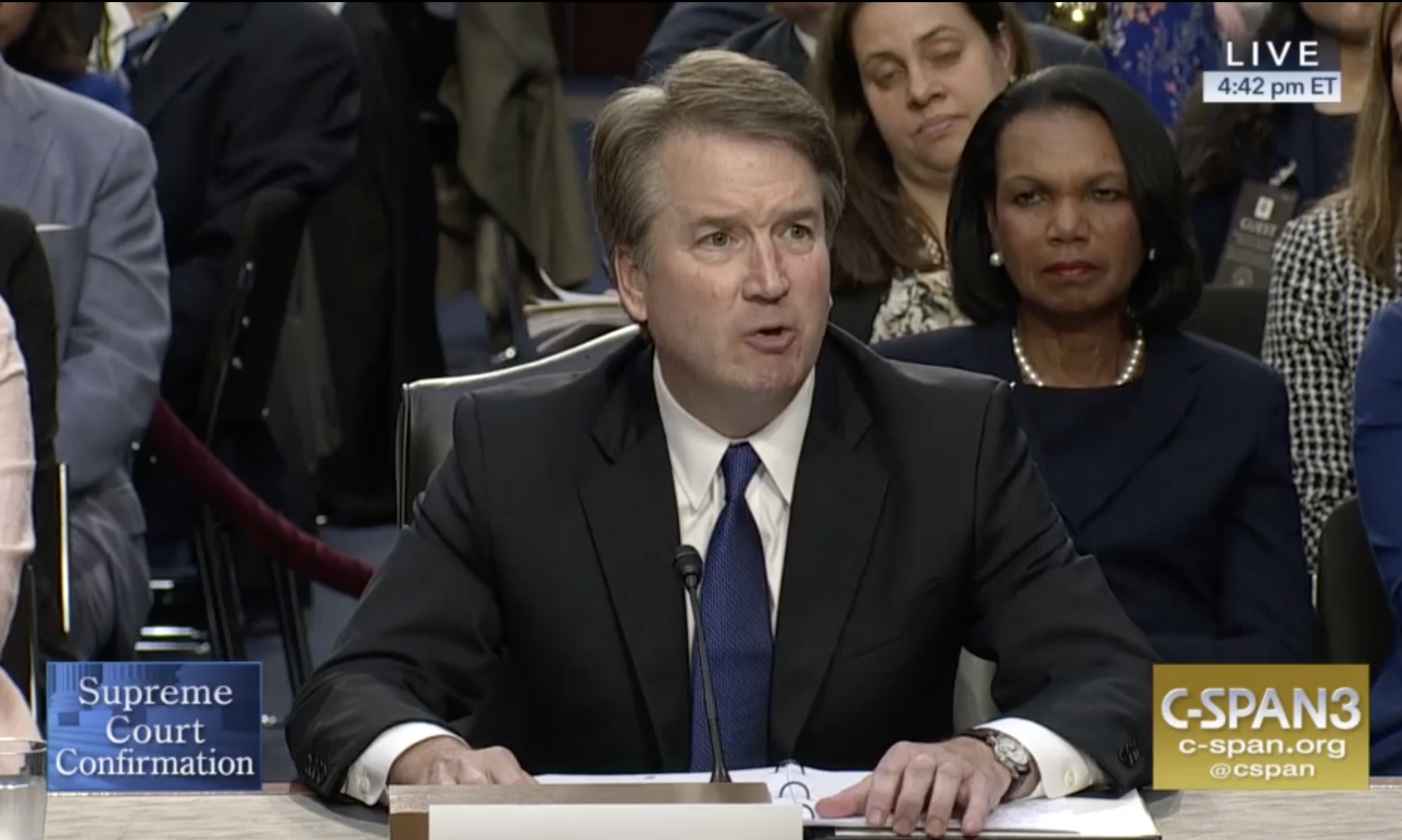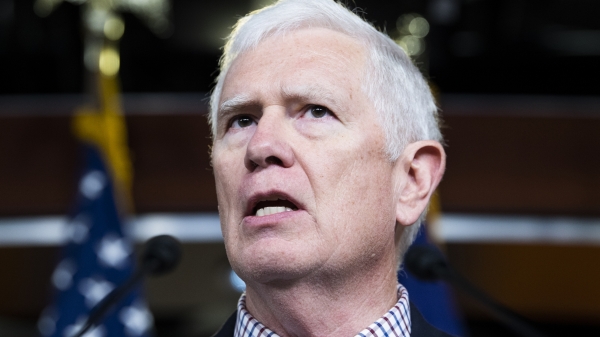By Bill Britt
Alabama Political Reporter
MONTGOMERY – Late Wednesday afternoon, The “Education Options Act of 2012” was filed in the Alabama House of Representatives. The bill is part of the long-awaited plan to revitalize Alabama schools and bring choice and flexibility to the system. The legislation, House Bill 541 sponsored by State Rep. Phil Williams (R-Huntsville), is a first step toward establishing public charter schools and removing some of the burdensome state laws and regulations that have kept Alabama’s parents and children form having educational options.
According to the Speaker’s Office, the legislation is not meant to be a “Silver Bullet” that will fix all problems but a tool that wiill allow for better education where needed.
Alabama’s school system has been vexed with failing schools for years. According to many experts, there is generational failings that have left entire communities crippled by ignorance and poverty.
Earlier in the day Speaker Hubbard and Rep. Williams joined Governor Robert Bentley, Senate President Pro Tempore Del Marsh, State Senator Dick Brewbaker and Montgomery Mayor Todd Strange held a news conference announcing the bill and calling for its passage.
As an honored guest Rev. David Craig, pastor of the Mount Pilgrim Missionary Baptist Church in Fairfield, joined the others saying his community needs more education options for parents and children.
“We’ve seen too many failures. I visit the county jail too often and see young people who have no hope,” Rev. Craig said. “I believe we have to give our parents and students a choice so they can choose education over drugs, over violence, and become productive citizens. This is not a Republican issue or a Democratic issue. This is an Alabama issue.”
Studies by PARCA, the states premiere policy institute has studies showing the clear linkage between education, failing schools, crime and incarceration.
To the dismay of many the AEA, Alabama’s largest union has stated that it will do anything within its power to defeat the Legislation.
At the resent Celebration of the Selma to Montgomery March, AEA union boss Henry Mabry accused Gov. Robert Bentley of wanting to take “existing education money and give it to big businesses without the creation of one job.”
“Lawmakers want charter schools that will resegregate our school systems by race and disability,” Mabry said. “Creating charter schools would cripple our local school systems.”
Many have noted Mabry’s willingness to divide the state with race-charged rhetoric in order to retain control over the state’s education system.
Mabry has been ineffective to in imposing his will upon the State Legislature so far in this session. But he has vowed a fight to the better end to keep school choice or accountability from becoming a part of Alabama’s educational landscape.
Below is a fact sheet that outlines The Education Options Act.
Facts about the proposed “Education Options Act of 2012”
There isn’t one “silver bullet” reform that all schools can implement to solve all problems. That’s because one size doesn’t fit all when it comes to improving schools. Every area has different problems. And different problems require customized solutions.
One community may have a lack of options, offering parents only one choice: perpetually failing schools that continue to operate despite a clear record of failure.
Another community may find its school system burdened with unnecessary state regulations that hold it back from turning good schools into great schools.
The Education Options Act seeks to offer a diverse menu of improvement options from which different communities may choose based on what their particular needs are. This bill:
Provides a pathway for school systems to obtain flexibility from state statutes or state board regulations in order to make improvements in their system.
A school system could craft an “innovation plan” that seeks flexibility from specific state mandates and outlines performance goals. The State Superintendent of Education would have the authority to grant the waiver on the condition that the stated goals are met.
All flexibility waivers would be conditional for five years to ensure accountability.
Allows local school systems in Alabama to authorize innovative public charter schools.
School boards could only approve charter school applications from non-profit, non-religious organizations, and all charters must meet strict accountability requirements.
Charter school applications denied in systems with persistently low performing schools (bottom five percent) may be appealed to the Charter School Application Review Council created under this bill. If that council determines that the charter application was unfairly rejected and the proposed charter school should be allowed to proceed, the council could overturn the board’s decision and grant the charter itself. The charter school would then be accountable to the state council.
“Persistently lowest performing” schools are those that have ranked in the bottom five percent in Reading and Math proficiency for three straight years according to the U.S. and State Departments of Education.
Authorizes communities to convert existing schools into innovative public charter schools.
Conversion proposals would be submitted by the local school superintendent and approved by the school board, but could only move forward if a majority of parents of the existing school’s enrollees approved.
Proposed “conversions” of existing traditional schools into public charter schools are not appealable if denied by local boards, even in those systems with persistently low performing schools.
The Education Options Act doesn’t require the creation of even one charter school, nor does it mandate that a board request a waiver from any state statute. The legislation merely provides the framework for an innovative school board to change the status quo.
Important questions and answers about how public charter schools would operate under this bill:
What are charter schools?
Charter schools are public schools that combine the equal opportunity and tuition-free nature of traditional public schools with the flexibility and quality instruction of non-public schools.
The major difference between a traditional public school and a charter school is that, unlike traditional public schools, if a charter school fails to meet its required performance benchmark, it is closed down.
Teachers and principals are held accountable for their performance. Parents and guardians are held accountable for their involvement. Instead of spending valuable classroom time marking off a checklist of state rules and regulations, teachers are allowed to do what they do best: teach children.
Why charter schools?
Given the proper support and accountability requirements, charter schools are a proven tool to help close that achievement gap and curb dropout problems. Charter schools aren’t the panacea that will cure all education ills, but they would be a valuable tool to raise performance in areas where we are dreadfully behind.
Some school systems in Alabama probably aren’t candidates for charter schools, but that can’t be the reason we keep other districts from utilizing a reform that could make a real difference. Plus, those school systems that probably aren’t candidates for charter schools could easily benefit from the flexibility components of this legislation.
How do we ensure quality?
Public charter schools operate under the oversight of their governing board based on a contract (charter) with the school’s authorizer (local board or state council).
Authorizers may revoke a charter and close a school that is not meeting its responsibilities under the contract.
Public charter schools must submit to annual audits by the Examiners of Public Accounts as well as comply with all financial accountability regulations of the Department of Education.
Authorizers not providing proper oversight can see their authorizing powers taken away.
Funding: how is the money distributed?
The same as always: the money follows the student. If a student enrolls in a charter school, federal, state and local funds allotted for that student would flow to the charter school.
Some may argue that this funding mechanism strips current schools of needed funds. However, just as if the child moved away, the school no longer has the expense of educating that student. Better yet, under this scenario, the funds can at least stay within the system, rather than going to the system to which the child relocated.
Excluded from this will be funds reserved for capital outlay and debt service, as well as up to 3 percent retained by an authorizer.
What students would be allowed to enroll in charter schools?
Any and all that apply up to the number of seats available. Public charter schools must be open to all students who wish to attend, including at-risk or special needs students.
If more students enroll than there are seats available, schools must conduct lotteries to fill seats. There can be no admission requirements other than the enrollee must live in the district where the school is located.





















































